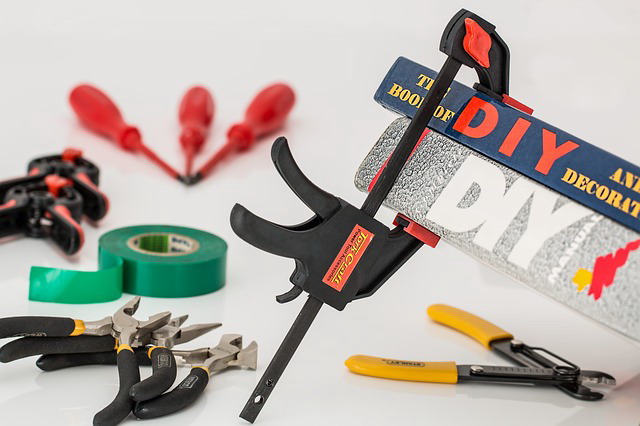Your body manages its health through two basic mechanisms – facilitation and inhibition. Facilitation means the body makes more of something happen, while inhibition means it makes less of something happen. Facilitation adds information and activity, while inhibition subtracts or decreases information and activity. This reality is most clearly expressed in the brain. These are the two mechanisms that take place in your brain. Nerves either facilitate or inhibit the firing of each other. The same process happens with your hormones and your immune system, and between these three systems everything in your body is controlled.
The medical term for this is your neuroimmunoendocrine system. This is the control system for your body. This also gives us insight to how things go wrong in the body. Although there are thousands of disease names, there are only three actual disease processes. Things can start doing too much, things can not do enough, or things can get confused. The thousands of names we have for diseases simply specify exactly what tissue is misbehaving, and in which direction.
Medicine and the various healing professions also fall into a similar simple patterns as to what they do to promote healing. Traditional medicine uses primarily inhibitory techniques to promote healing. Pharmacology, the use of prescription medicines, primarily works by shutting down cellular functions. In fact the word pharmacology comes from the Greek word “pharmakon” which means poison. Medications primarily work by subtracting activity that the doctor has decided shouldn’t be there. Surgery is obviously about subtracting, most of the time – taking parts out that are diseased or not working properly. This is not 100% of medicine as some medicines are for stimulating more activity and some surgeries are for rebuilding parts. But the overall approach is to override whatever the body is doing – inhibit its process – and impose a different process that the doctor believes is better.
This approach is in sharp contrast to alternative and holistic approaches to health that are primarily additive in nature. The understanding is that when the body goes awry and expresses symptoms that it has formed a dysfunctional adaptation to a set of circumstances or has been overwhelmed by circumstances and is doing the best it can with what it has at the moment. Holistic medicine accepts that the innate intelligence of the body is deeply complex and wise – far more so than modern science. But when things go wrong, it means the body intelligence has been backed into a corner and does not have what it needs to make a better choice for better health. The holistic practitioner sees their job as one that provides the body of their patient with new information. They then support that information with needed nutrients and circumstances to allow the body the opportunity to make a different choice. The idea is to add to the system so it can adapt differently.
This is a very different approach, as it does not presume a doctor can out guess the body and know what is better. This requires a willingness to let go of control and the insistence of producing specific outcomes. A holistic practitioner has to be humble and accept that he or she does not know what is better for the body, but trust the body knows best what to do. That means the idea of “fixing” a problem does not fit this healing paradigm. Fixing is a medical type of thinking. Fixing is a control based approach where the doctor’s or patient’s ego thinks it knows what is best. This works well in life or death situations to keep someone from dying, but works terribly when trying to generate health. Health is too complex a subject, and no human is smart enough to understand what it takes to create health. Many people like to think they know, but they don’t.
So additive medicine is about adding new information, different nutrition, lifestyle changes, and new attitudes, values, and beliefs. We add these things to the system then stand back and see what happens. We have no control over what a patient’s system will do with the new information, but with experience we get a pretty good idea what kinds of things usually generate positive results and what kinds of things diminish their life energy.
Both approaches to health have their place. Traditional medicine shines with emergency medicine. Medical doctors love to save peoples lives, and that is what they are good at. Chronic poor health and loss of life-quality is not what traditional medicine is good with. That arena is vastly more complex and a control approach does not work more than temporarily. Fighting disease and injury is very direct and straight forward most of the time. Trying to build actual health feels more like trying to herd cats. Dozens of systems that all interact in conflicting ways have to be supported and their many needs addressed. As our population ages these types of problems become the most common reason for seeking the services of health care providers. This is where alternative and complimentary medicine has a better grip on what is helpful.
The challenge in providing alternative care is in educating patients in the very different expectations inherent in this approach to healthcare. The “fix it” mentality most people were raised with does not apply. This is a “support it and listen for what is needed next” mentality. Health is a constant process, not a fixed goal that can be achieved permanently. Understand that health is ultimately a loosing battle, as no one has gotten out of here alive yet. The desire is to slow down the degeneration and support the positive quality of life as long as possible. This is not the medical paradigm or the insurance paradigm, so you can not expect those institutions to be much help in this process. Health is a self-responsibility process. My job is to help you in your journey.
Take care,
David
